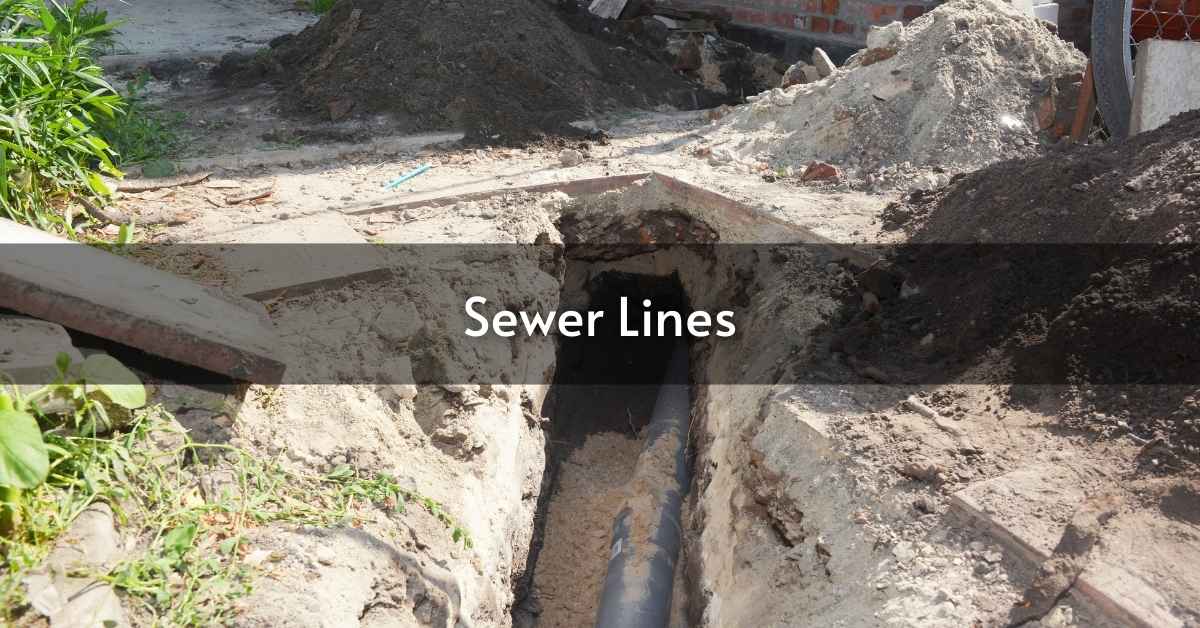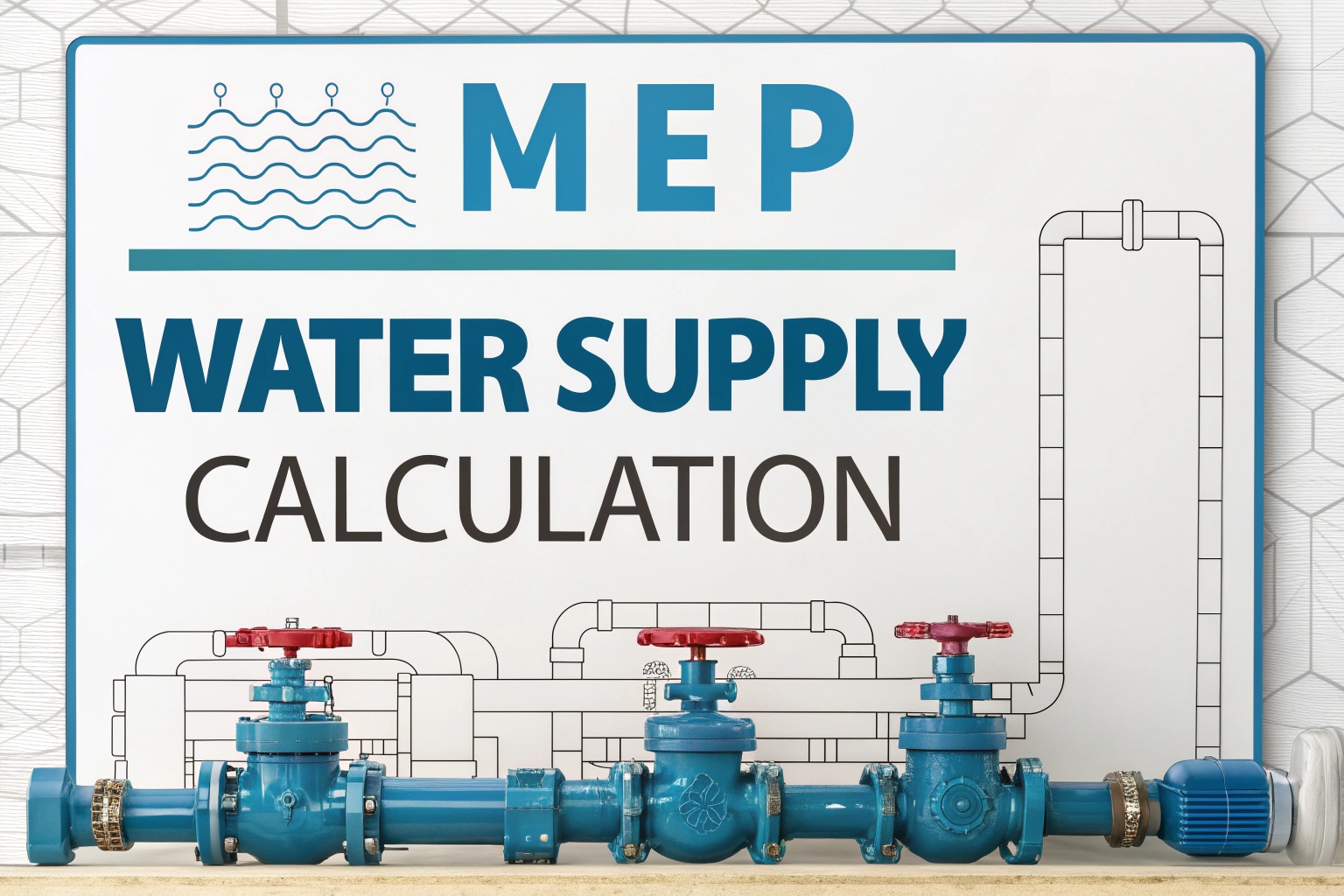Sewer lines play a crucial role in modern infrastructure, yet many people only think about them when problems occur. These underground pipes carry waste and wastewater from homes, businesses, and industries to treatment facilities, helping maintain a clean and safe environment. A functioning sewer line is vital for public health and the ecosystem. However, sewer lines can face issues like blockages, corrosion, and damage. This article explores how sewer lines work, their types, common problems, and maintenance tips, offering valuable insights for homeowners and municipalities.
What is a Sewer Line?
A sewer line is a big pipe or a group of pipes that moves sewage and wastewater away from homes, businesses, and factories to a treatment facility. It is an important part of the sewer system, which also includes pipes that connect individual properties to the main line, drainage pipes, and manholes.
Key Functions of Sewer Lines:
- Waste Transportation: Sewer lines move human waste, kitchen waste, laundry waste, and other wastewater safely away from homes and businesses.
- Water Quality Protection: They stop untreated wastewater from getting into rivers or groundwater, which helps protect the environment and public health.
- Facilitate Sewage Treatment: Sewer lines take wastewater to treatment plants where workers can process, treat, and safely release or reuse it.
Types of Sewer Lines
Sewer lines come in different types, each serving a specific purpose based on the waste they handle and their location.
Sanitary Sewer Lines
These lines transport waste from homes, businesses, and industries. Sanitary sewer systems work separately from stormwater systems, which helps manage wastewater and rainwater independently.
Storm Sewer Lines
Storm sewer lines carry rainwater and surface runoff to prevent flooding. These pipes do not handle human waste and often drain directly into rivers, lakes, or other bodies of water.
Combined Sewer Lines
Some older cities still use combined sewer systems. These lines carry both sanitary sewage and stormwater in the same pipe. Heavy rains can cause these systems to overflow, releasing untreated sewage into natural water bodies, which can harm the environment and public health.
Trunk Sewers
Trunk sewers are large, main lines that collect waste from smaller lateral sewers and send it to treatment facilities. They are usually buried deep underground and have large diameters to handle significant amounts of wastewater.
Common Sewer Line Materials
Sewer lines can use different materials, each with its pros and cons. The choice of material often depends on the system’s age, local rules, and the area’s specific needs.
Clay Pipes (Vitrified Clay Pipes)
These pipes have been around for thousands of years. They resist corrosion but can crack easily, especially if tree roots grow into them.
Cast Iron Pipes
You often find cast iron pipes in older homes. They are very strong but can rust over time, leading to blockages or pipe failures.
PVC (Polyvinyl Chloride) Pipes
PVC is a popular choice for modern sewer lines because it is lightweight, easy to install, and resistant to corrosion. These pipes are less likely to get blocked but can break if the soil shifts or if they aren’t installed correctly.
Concrete Pipes
Concrete pipes are strong and durable, used mainly for larger sewer lines. However, they can corrode when exposed to acidic wastewater and have limited flexibility, making them prone to cracking if the ground shifts.
Orangeburg Pipes
These pipes consist of layers of compressed wood pulp and tar. They were commonly used from the 1940s to the 1970s. Orangeburg pipes can collapse easily and have mostly been replaced, but some older homes still have them.
Common Sewer Line Problems
Sewer lines are underground and can have many issues that go unnoticed at first. Knowing these common problems helps homeowners and businesses spot issues before they get serious.
- Blockages: Blockages are the most common sewer line problem. They happen due to foreign objects, grease buildup, or tree roots. Blockages stop wastewater flow and can cause backups in homes or streets. Quick action prevents health risks and costly repairs.
- Corrosion: Pipes made of iron, steel, or copper can corrode over time, especially with acidic wastewater or poor soil conditions. Corroded pipes may leak or collapse.
- Tree Root Infiltration: Tree roots search for moisture and can invade sewer lines through small cracks. This causes blockages or damage, especially in old clay or cast-iron pipes.
- Bellied Pipe: A “belly” in a sewer line is a sag caused by ground settling or poor installation. This sag makes wastewater pools, increasing the risk of blockages or pipe failure.
- Leaking or Broken Pipes: Leaks can happen from aging materials, shifting soil, or pressure from construction. Broken pipes allow sewage to seep into the soil, causing environmental damage and property issues.
- Offset Pipes: Pipes may become misaligned at the joints due to ground movement, creating offsets. This misalignment can cause leaks and lead to soil erosion or sewage backups.
Symptoms of Sewer Line Problems
Recognizing sewer line issues early can stop small problems from becoming major ones. Common signs include:
- Slow Draining Sinks and Tubs: If several drains are slow, a blockage in the main sewer line may be the cause.
- Gurgling Noises: Strange sounds from toilets or drains often mean there are blockages or trapped air in the pipes.
- Foul Odors: A sewage smell inside or outside your home indicates a sewer line problem.
- Sewage Backup: This serious issue occurs when a blockage causes wastewater to flow back into your home.
- Lush Patches of Grass: Greener areas of your lawn may suggest a leaking sewer line since the wastewater acts as fertilizer.
- Foundation Cracks or Settling: Leaking pipes can shift the soil and damage your home’s structure.
Maintaining and Repairing Sewer Lines
You can extend the life of your sewer lines and avoid expensive repairs with proper maintenance. Here are some tips:
- Regular Inspections: Have a professional inspect your sewer line every 1-2 years. Camera inspections can spot problems deep within the system.
- Avoid Flushing Improper Items: Never flush non-degradable items like wipes and paper towels, even if they’re labeled “flushable.”
- Limit Grease Disposal: Grease can solidify and cause blockages. Pour cooled grease into a container and throw it in the trash.
- Root Control: Use root-killing products or hire a professional to remove tree roots invading your pipes.
- Trenchless Repair Techniques: For damaged sewer lines, trenchless methods like pipe bursting or lining are less invasive and often cheaper than digging.
- Hydro Jetting: High-pressure water jetting effectively clears tough blockages and debris without damaging the pipes.
Conclusion
Sewer lines are very important for keeping our sanitation and environment healthy. Homeowners and local governments can avoid expensive repairs and keep these systems running smoothly by learning about the different types of sewer lines, common problems, warning signs, and how to maintain them properly. Regular inspections, careful usage, and timely repairs help keep your sewer system in good shape, preventing messy, disruptive, and costly issues later on. Whether facing tree roots, pipe damage, or simple clogs, staying informed is the best way to protect against sewer line problems.
FAQs
What is the difference between a sewer line and a drainage line?
Drains carry the wastewater from inside a building to the sewer system. Sewers collect and transport large amounts of wastewater from many places to treatment facilities.
What are the different types of sewer lines?
There are three main types of sewer systems: sanitary sewers, stormwater sewers, and combined sewers. Some homes use septic systems, which do not connect to offsite sewer systems. Sanitary sewers move wastewater from homes and businesses to treatment plants.
What is the purpose of the sewage line?
The main purpose of a sanitary sewer system is to keep water clean and protect public health. A network of underground pipes, manholes, and pumping stations moves sewage from homes, businesses, and industries to treatment plants, where it gets cleaned before returning to the environment.
What causes sewer line clogs?
Sewer line clogs can happen for many reasons, but the most common cause is debris building up inside the main sewer line. This debris often comes from household drains when people flush trash or pour grease down the drain. Roots from trees and shrubs can also contribute to clogs.
Read More – Greywater System: A Comprehensive Guide













